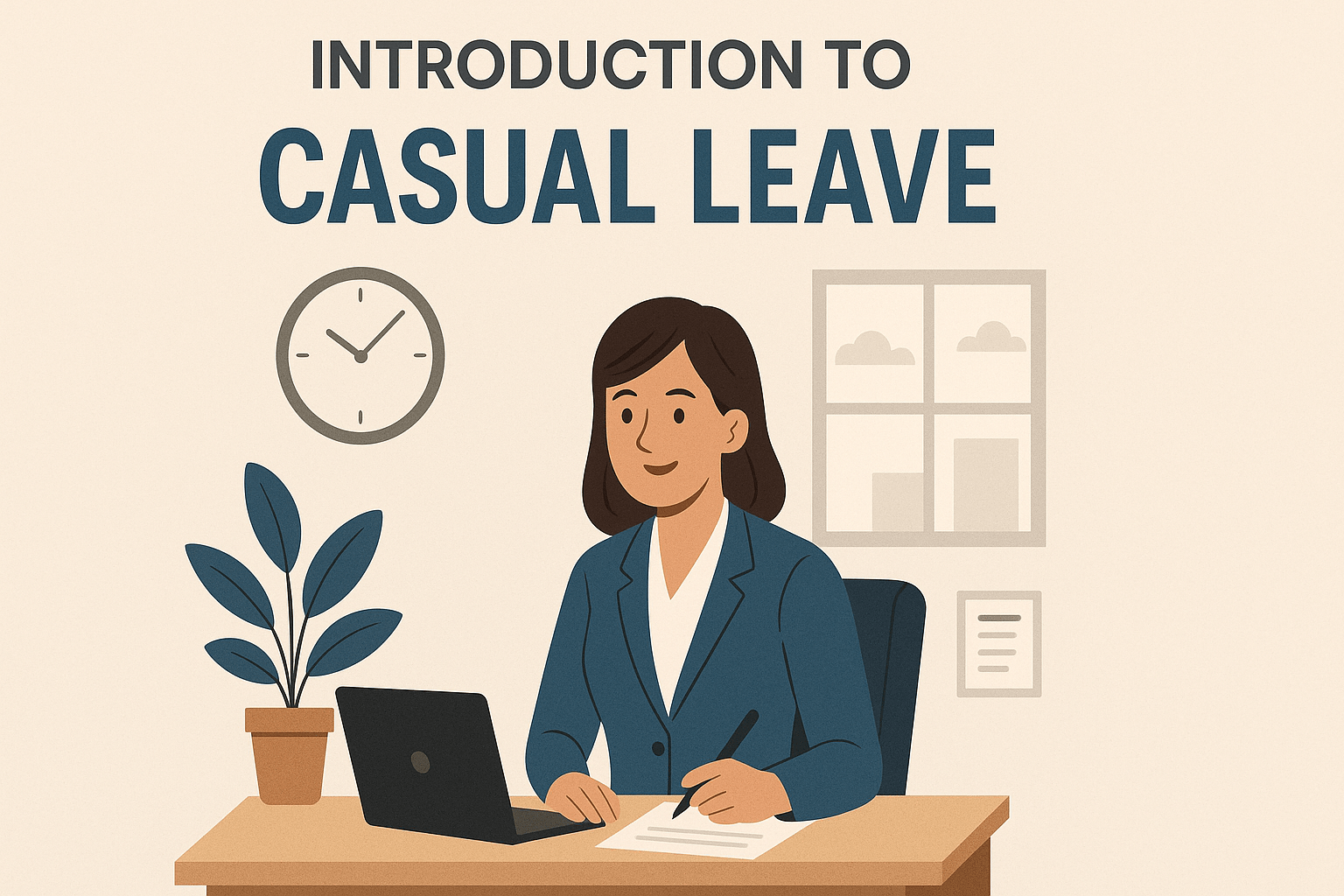In an increasingly competitive market, there’s a constant incentive, not to mention pressure, to become more efficient when and where possible. One of the best ways to achieve this is to go paperfree.
Now, although paper still has its place in the 21st-century workplace, we don’t depend on it as much as we used to. Fortunately, with a little thought and research, you’ll uncover lots of ways to make some of your most frequent business processes paperfree.
In this post, we’ll talk about some of the advantages of going paperfree and offer a few ideas on how to accomplish this.
What are the benefits of going paperfree?
Environment
Let’s start with the first benefit that probably came to mind: using less paper is better for the environment. Not only will you create less waste but you’ll contribute to lower demand for paper and do your part to slow deforestation.
However, as well it being better for the environment, going paperfree is also better for your immediate environment – that being your office. It’s good for both your employees, as they get to work in a tidier, more relaxed environment, and for visiting customers or clients, as it gives your offices a more professional, modern appearance.
Save Time
Organising and tracking paper documents can be is time-consuming. Plus, it opens up the potential for stacks or paper and desks cluttered with loose documents, both of which can make finding something specific take longer. Then, when you repeat that several times a day and stretch that out over the span of a month – and then a year – it starts to add up. All that time spent on paperwork is reduced to a minimum when you go paperfree.
Increased Efficiency
When you spend less time dealing with pieces of paper as detailed above, your employees can spend that time doing more constructive and valuable to the company overall.
Lower Costs
Not only do you save on paper by going paperfree but also on ink, toner, postage, physical storage, and printer maintenance to name a few.
Increased Robustness
Paper documents are easy to misplace, lose, damage, or steal. When you switch to a paperfree system, the risk of one of those things happening is reduced considerably.
Enhanced Collaboration
As well as a liability, paper can prove to be a weakness in an otherwise good system. If, for example, you need a specific document and it’s in the possession of someone on holiday, or only one person understands your filing system and they’re off sick – it can impede the progress of a task.
Making a paper-based process digital gives everyone access to the appropriate information at any time and, if you so choose, from anywhere.
Ideas for going paperfree
Move to digital financial statements
Arrange with your banks, suppliers and customers or clients to send you digital bank statements, invoices, receipts, etc. These new practices will cut down on the use of paper and envelopes, while also improving productivity.
Use note-taking apps
Adopting note-taking apps prevents stacks of notebooks from piling up on your desk, in your draws, and in recycling bins (most of which will never be read). Better still, with note-taking apps, like Evernote, Microsoft OneNote, and GoodNotes, instead of digging through pages of notes to find the information you’re looking for, you can just search for it.
Similarly, if you want to share something with your colleagues, there’s no need to scan, photocopy, or transcribe it – it’s as simple as attaching a note to an email or uploading it to a shared drive.
Paperfree annual leave requests
Many businesses rely on a system for booking annual leave that requires employees to print out and fill in a holiday request form, which needs to be signed by the appropriate person before being filed somewhere Then, on top of this, the employee’s annual leave allowance needs to be checked and updated – and the holiday entered on a calendar.
Instead, such a system could be replaced with a centralised staff holiday planner, that lets employees check the availability of the dates they want to take off before they submit a request. Similarly, instead of being handed yet another piece of paper, their manager instantly receives a notification so they can approve or deny the holiday request. Plus, if the request for leave is approved, the dates are added to the calendar and the employee’s leave allowance is automatically updated.
ScheduleLeave offers paperfree absence management – not just for booking annual leave but for administering every type of absence – including sick leave, TOIL, and custom leave types to allow for any type of time off your company deals with. Sign up for your free trial to see how much paper it allows your company to do away with.




